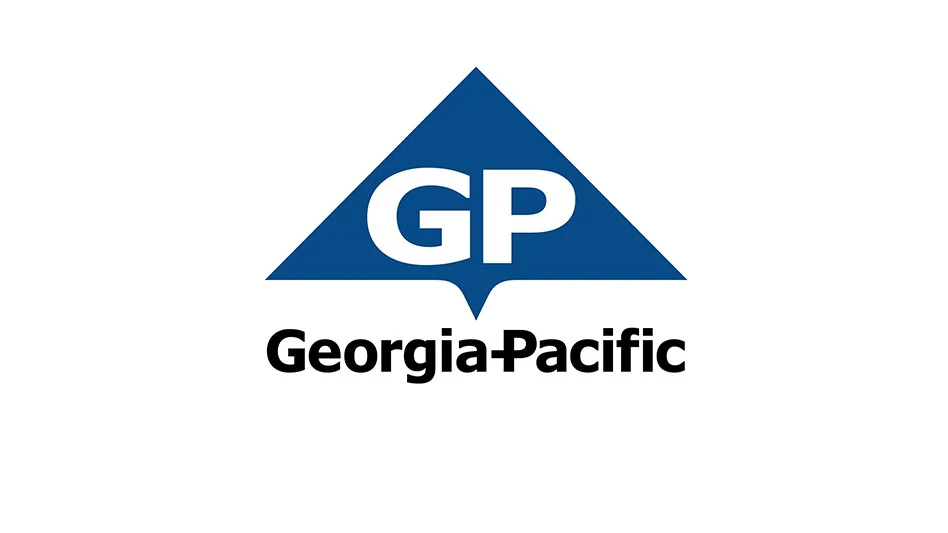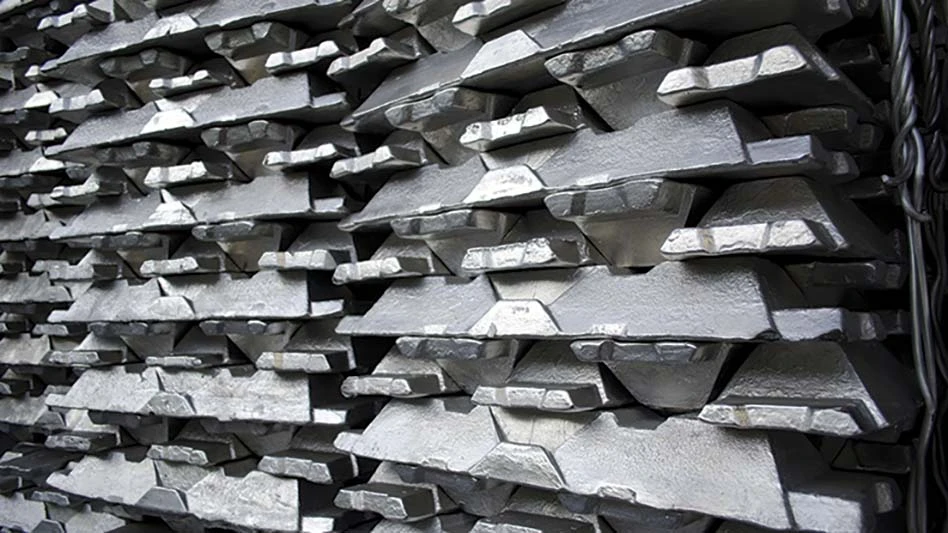
In an effort to secure funding and address what it calls “critical knowledge and research gaps” within the U.S. tire recycling supply chain, the U.S. Tire Manufacturers Association (USTMA), Washington, and the Tire Industry Association, Bowie, Maryland, partnered in May 2024 to launch the Tire Recycling Foundation.
The primary goal of the foundation, which is based in Washington, is to recycle 100 percent of end-of-life tires into what it calls “circular, sustainable markets” while securing funding and allocating grants for research, education, intervention and demonstration projects.
“For the past 30 years, USTMA has advocated for sustainable, end-of-life tire management, but more work remains with only 71 percent currently recycled,” USTMA President and CEO Anne Forristall Luke said last year when introducing the foundation. “Through the foundation and collaboration with our newly appointed board of directors, comprised of manufacturers, dealers, recyclers and transportation experts, we’re confident we can advance our goal of 100 percent circularity.”
According to the foundation, it is preparing for “an ambitious new era” to accelerate the creation of sustainable, circular tire recycling markets.
“We are uniquely positioned to be a convener of a broad group of stakeholders to achieve critical milestones in tire recycling progress,” the Tire Recycling Foundation says on its website.
Pushing for truth & progress

Tires are one of the most recycled and reclaimed products in the United States, according to the foundation.
In its “2023 End-of-Life Tires Management Report,” it says of the 5 million tons of end-of-life tires generated that year, 79 percent were “beneficially used,” marking a 10.5 percent increase.
However, there was a time when public perception of recycled tire and rubber, particularly the use of crumb rubber as synthetic turf and playground infill material, was that it was not as good as virgin material and also dangerous.
To help address those concerns raised about the potential exposure and health effects, the Centers for Disease Control and Prevention, the Agency for Toxic Substances and Disease Registry and the U.S. Environmental Protection Agency worked with the Consumer Product Safety Commission in February 2016 to launch a multiagency research effort called the “Federal Research Action Plan on the Use of Tire Crumbs in Playing Fields and Playgrounds,” or FRAP.
Part 1 of the FRAP report was released in 2019 and summarizes the research effort to characterize tire crumb rubber, including the components of and emissions from recycled tire crumb rubber, while Part 2 was released in April of last year in an effort to characterize the chemicals associated with crumb rubber and to identify ways in which people could be exposed to these chemicals.
In general, the findings from the entire playing fields portion of the FRAP (Tire Crumb Characterization Part 1 and Tire Crumb Exposure Characterization Part 2) support the conclusion that while chemicals are present, as expected, in tire crumb rubber and exposures can occur, they likely are limited.
However, that fight against public misconceptions over the perceived dangers of recycled rubber required industry support, too.
“When you’re going up against the public media markets and you’re just a small company, it was a pretty heavy lift to convince the world that we were right and they were wrong, but that got me started by putting a coalition together of rubber recycling companies,” Art Dodge, the president and CEO of Lancaster, Pennsylvania-based rubber recycler Ecore International, tells Recycling Today. Dodge also is an inaugural member of the Tire Recycling Foundation board of directors.
In 2021, Dodge helped establish the Recycled Rubber Coalition, based in Washington, to advocate for new and innovative ways to recycle rubber and prevent tire waste and scrap tire dumping.
“We started the Recycled Rubber Coalition to really band together to tell the story about the fact that rubber was safe and especially that recycled rubber was safe,” Dodge says, noting he spent a lot of time in Washington over the years to “tell the story, do the research and to provide the data to convince people that [recycled rubber] is safe.”
“Everybody spent years going back and reevaluating rubber safety and, guess what? They found nothing,” he says. “Rubber is very safe and effective, but that [experience] made me a real advocate for the fact that the industry has to continue to tell its story to people that simply don’t know, and that’s not anyone’s fault.
“It’s our responsibility to make sure we continue to push that agenda. … It wasn’t the job of the rubber recyclers to tell the story that rubber is safe, it was an industry responsibility to tell that story.”
Dodge says, essentially, the various rubber manufacturing and recycling organizations then banded together to ensure they were not only telling that story and telling it effectively, but that they were continuing to advance research and technology on beneficial rubber reuse.
“The recycling industry is going up against the virgin industry, right? So, recycled rubber polymer and asphalt is going up against virgin polymer and asphalt,” he says. “We have to compete with the virgin manufacturers to win market share and to win eyeballs and to win commitments to allow us to grow the beneficial reuse of some of these materials in other applications.
“The [Tire Recycling Foundation] has really been brought together as an industry group to advance all those agendas.”

Accelerating adoption of rubber-modified asphalt
Upon its launch, the Tire Recycling Foundation said its primary focus was accelerating the adoption of rubber-modified asphalt, or RMA—an “emerging” market that, according to the group, offers performance, economic and environmental advantages.
RMA is a mixture of ground tire rubber with asphalt that, according to the USTMA, provides proven economic, environmental and performance benefits in building longer-lasting roads and highways while also providing a market for the millions of scrap tires generated annually in the U.S.
“[RMA] delivers a trifecta of benefits—superior performance, economic efficiency and environmental sustainability,” USTMA Director of End-of-Life Tire Programs John Sheerin said last year, highlighting RMA’s ability to extend pavement lifespan, enhance skid resistance and ride quality and reduce traffic noise.
“Perhaps, most critically, its use reduces greenhouse gas emissions from improved fuel economy while also curtailing tire wear particle pollution. RMA represents a truly circular, sustainable solution that the Tire Recycling Foundation, along with our new board of directors, is committed to advancing industrywide.”
Ideally, scaling up the use of RMA across the U.S. would involve including RMA in the material specifications published by each of the 50 state highway agencies (SHAs), according to USTMA in its “Summary of State Specifications for Rubber Modified Asphalt” report.
“Without such published specifications, RMA usage would be limited to smaller, isolated demonstration projects involving special provisions and/or value engineering applications,” the report says. “Furthermore, the majority of asphalt tonnage comes from cities, counties and municipal work. Since these agencies generally base their specifications on or directly allow the use of asphalt produced according to SHA specifications, the expansion of SHA specifications to include RMA is critical in order to more fully reap the aforementioned benefits of RMA.”
Accelerating RMA adoption was a key focus of the Tire Recycling Foundation’s 2024 conference and continues to be a priority as the organization pushes toward its fundraising targets.
The foundation’s board has set what it calls “ambitious research initiatives” to be supported with fundraising targets of $300,000 in 2025 and $2-3 million in 2026.
“By spearheading cutting-edge research and pilot projects into promising end markets, such as RMA and micronized rubber powder, we are charting a course toward a more sustainable future for end-of-life tires,” Forristall Luke said last May. “Through cross-sector collaboration that brings together regulators, environmental stewards and stakeholders throughout the tire recycling value chain, the foundation can catalyze impactful solutions benefiting both industry and the environment.”

Explore the April 2025 Issue
Check out more from this issue and find your next story to read.
Latest from Recycling Today
- AMCS launches AMCS Platform Spring 2025 update
- Cyclic Materials to build rare earth recycling facility in Mesa, Arizona
- Ecobat’s Seculene product earns recognition for flame-retardant properties
- IWS' newest MRF is part of its broader strategy to modernize waste management infrastructure
- PCA reports profitable Q1
- British Steel mill subject of UK government intervention
- NRC seeks speakers for October event
- LME identifies Hong Kong warehouses





